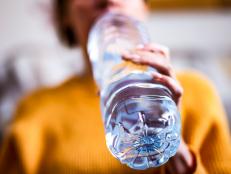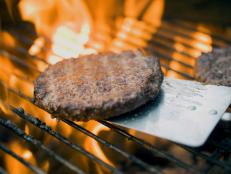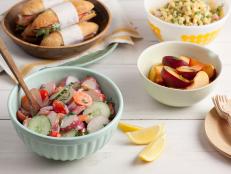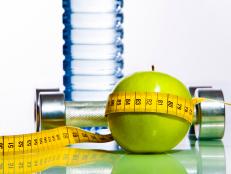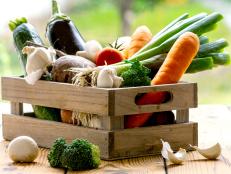Why You Need Vitamin D
The sunshine vitamin is important for all aspects of your health. Find out what it does, how much you need and how to get enough.

What it does
Vitamin D is a fat-soluble vitamin best known for playing a key supporting role in bone formation by helping your body absorb calcium. But recent research suggests that D has an impact beyond your skeleton. Vitamin D deficiency could contribute to heart disease, immune deficiency, diabetes and cancer in addition to the more well-known diseases resulting from a deficit of D: rickets (in children) and osteomalacia (in adults). That’s because vitamin D functions like a hormone with receptors in many tissues throughout the body, and is also needed for gene transcription.
How much you need
Most children and adults need at least 600 IUs a day. Adults over 70 need at least 800 IU, although if you’re low in vitamin D, your doctor may prescribe a higher dose of D to get your levels up to normal.
Where to get it
Sunshine: During the summer, sunshine is really the most-efficient way to get vitamin D. Most people need just a few minutes of midday, midsummer sun to make a bounty of D. But there are factors that limit how much D you make — if you’re older, have darker skin or if it’s wintertime and you’re in a northern latitude, it’s hard to make the D you need. If that’s the case, consider these other ways to get D.
Supplements: Many doctors are recommending vitamin D supplements to people with low levels of vitamin D. Consult your health care provider for advice on how much to take, but keep in mind the upper level is 4,000 IUs for adults.
Foods: Only a few foods — oily fish, eggs, mushrooms and liver — have naturally occurring vitamin D. Vitamin D is also added to a few foods, such as milk and cereal. Check out this chart for how much vitamin D you get through various food sources.
Food |
Vitamin D (IU) |
Rainbow trout (3 oz.) |
645 |
Smoked salmon (3 oz.) |
583 |
Light tuna, oil-packed (3 oz.) |
229 |
Sardines, oil-packed (3 oz.) |
164 |
Milk, 1% (1 cup) |
117 |
Cereal, certain brands (1 cup) |
100 |
Eggs (1 large) |
44 |
Beef liver (3 oz.) |
42 |
Shiitake mushrooms, cooked (1 cup) |
41 |






















